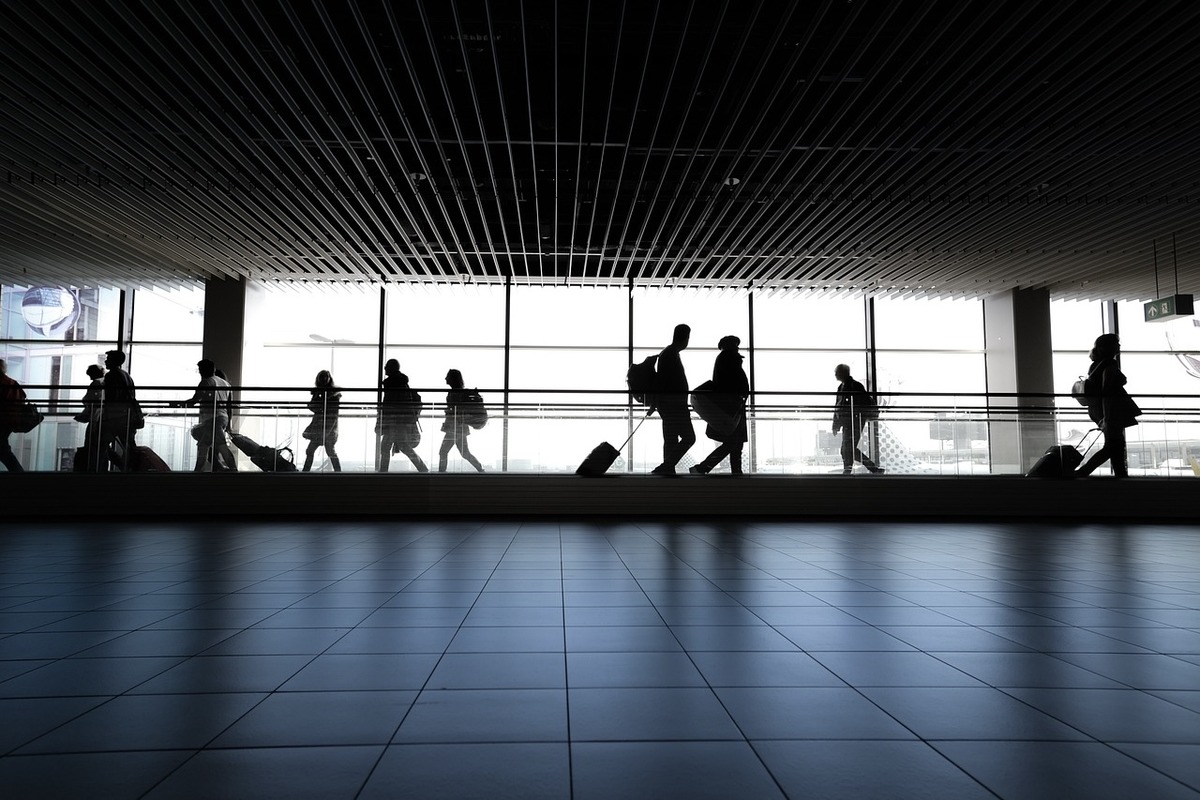Skyscanner's Outlook on India: Strong Economic Trends, Significant Supply

Skift Take
India is experiencing a significant surge in travel activity, driven by a burgeoning middle class, increased travel expenditure, and more accessible visa policies, according to Hugh Aitken, Skyscanner’s vice president of strategic relations and development.
Aitken is convinced this travel boom will only escalate further, “The Indian economy is strong and will continue to be strong and the middle class will continue to grow."
And this is ably supported by: "India has increasingly strong and confident airlines, with Air India going through a transformation and IndiGo placing a huge aircraft order. It has significant supply coming into the market as well. We see significant future growth in India,” Aitken said to Skift during his recent visit to India.
The travel metasearch engine has seen substantial growth in the India market over the last few years, with the country moving up among its top five markets. Since 2019, international searches in India have increased by 121% on Skyscanner, while domestic searches have surged 639%.
Aitken said that they would also look to partner with more travel companies in India on distribution, advanced advertising, merchandising and data intelligence.

Growing its India Presence
Even as the largest chunk of Skyscanner’s traffic in India comes organically, Aitken shared that the company is looking at social media to drive its growth in the country, having worked with several influencers over the past year.
“Our marketing strategy is to optimize each of our marketing channels. We monitor our return on investment very closely and optimize them based on the data. In India, many of our markets have a much more local strategy, particularly when it comes to social media,” he explained.
The company last year also launched a Hindi website to develop its local presence in India.
The Supply Side
A significant part of Skyscanner’s strategy in India is also to grow the supply side, Aitken said.
Last week, the company announced its partnership with Akasa Air. As part of the agreement, Skyscanner customers would be able to access domestic and international fares offered by Akasa Air. "With India poised to become one of the biggest travel markets in the world in the coming years, the partnership will ensure both Indian and global travelers have the greatest choice and convenience of airfares," Aitken said.
Aitken seemed to know what Indian travelers want and he said he's committed to deliver this to them while helping partners grow. "Indian travelers want a seamless mobile-first and stress-free travel planning experience."
Having partnered with online travel agencies like MakeMyTrip, Goibibo, Yatra and Cleartrip, as well as airlines Akasa Air, Air India and IndiGo, Skyscanner looks to add more partners.
Aitken called India a great example of a market where Skyscanner has invested in getting the supply right, and then looked to bring travelers to the marketplace.
Booking Trends in India
India and Asia Pacific in general have a shorter booking window than elsewhere. For long-haul flights, about 28% of Asia Pacific travelers plan three months ahead, while this is 40% in the U.S, according to Skyscanner data.
"This year, that window has slightly extended, but it still doesn't match what we observe in other regions," he said.
But Indians are definitely more keen on traveling and spending on experiences. “We have seen a significant increase in premium leisure. There is a surge in the number of travelers searching for the premium economy sector," said Aitken.
He added that while it was initially seen as a post-pandemic trend where people had saved up through the pandemic and wanted to have an extra special holiday, but the trend continues even now. “The industry is still seeing a robust demand for the premium leisure sector,” he said.





